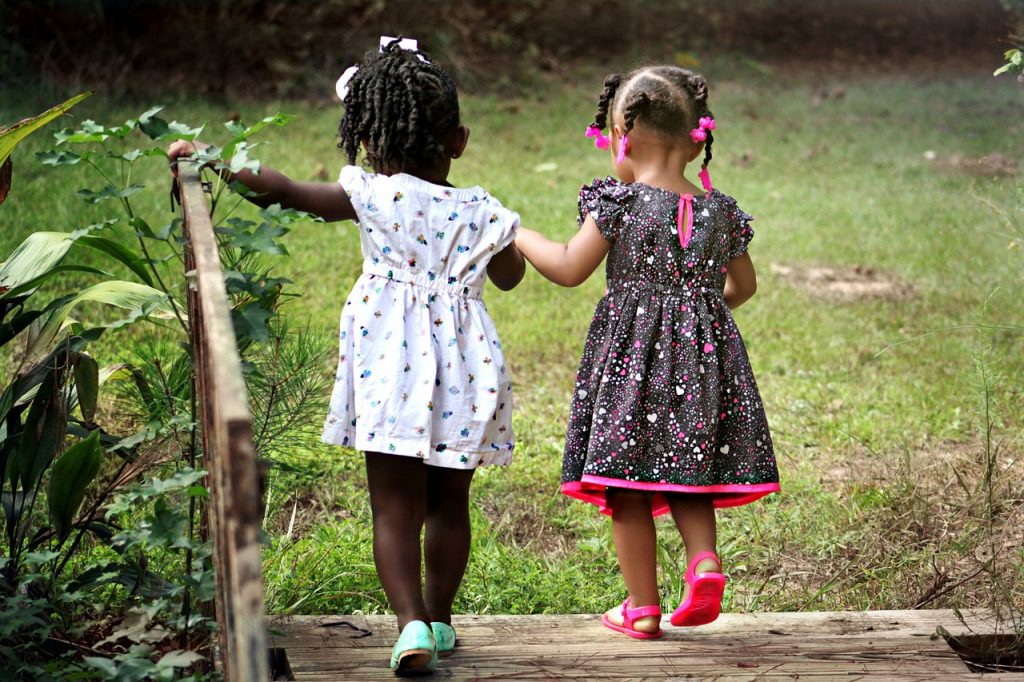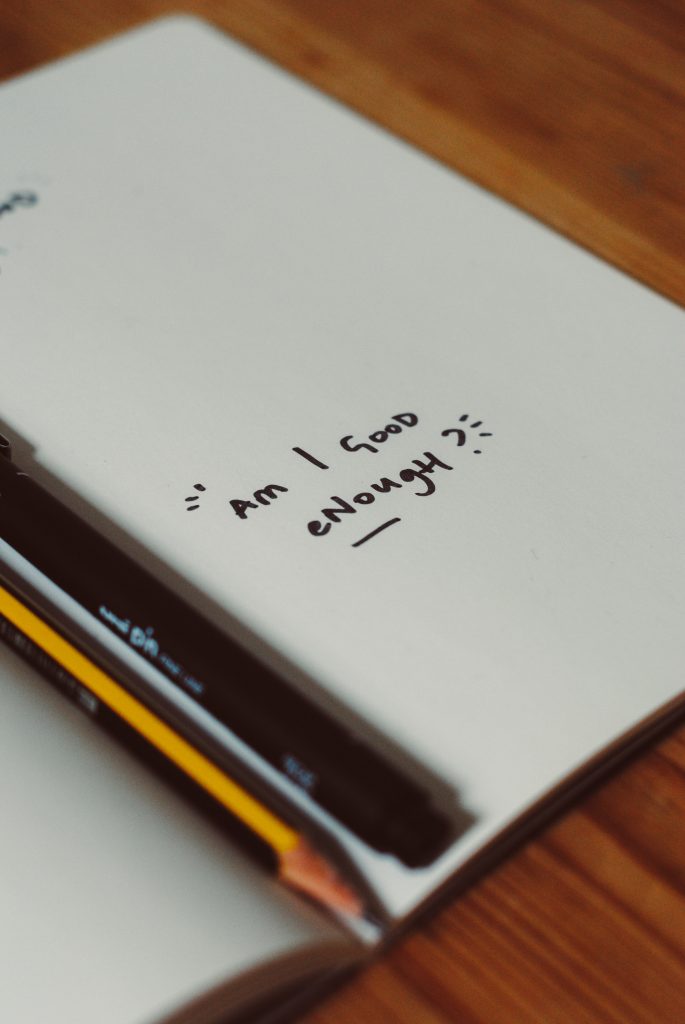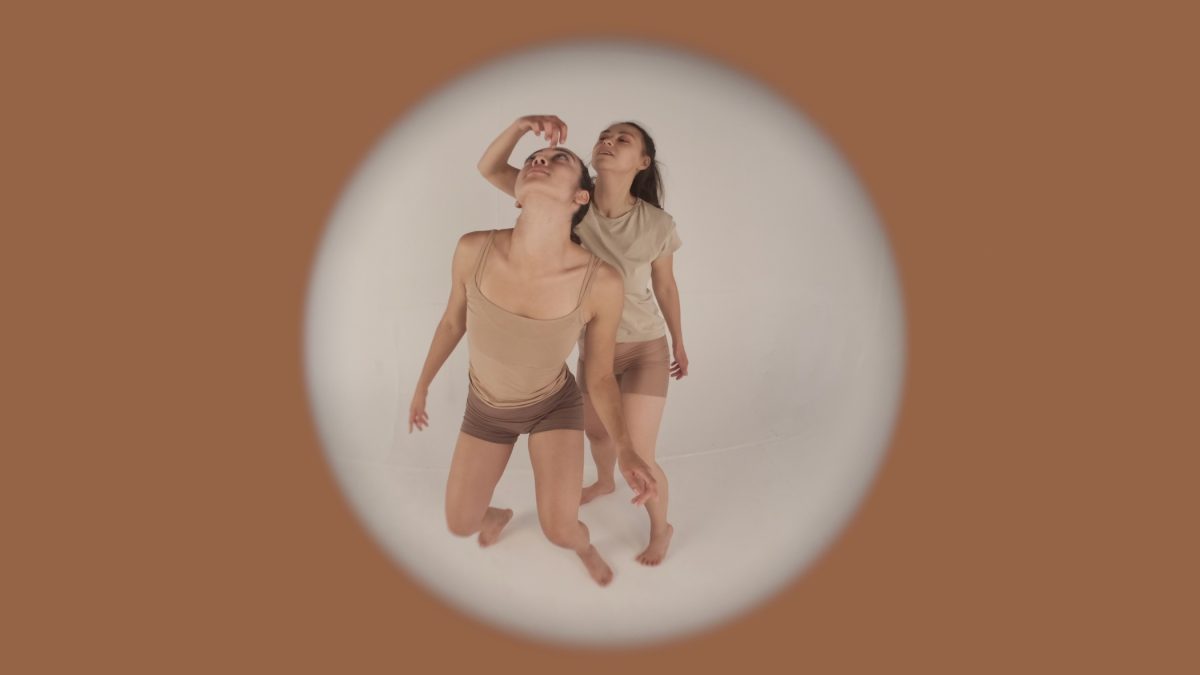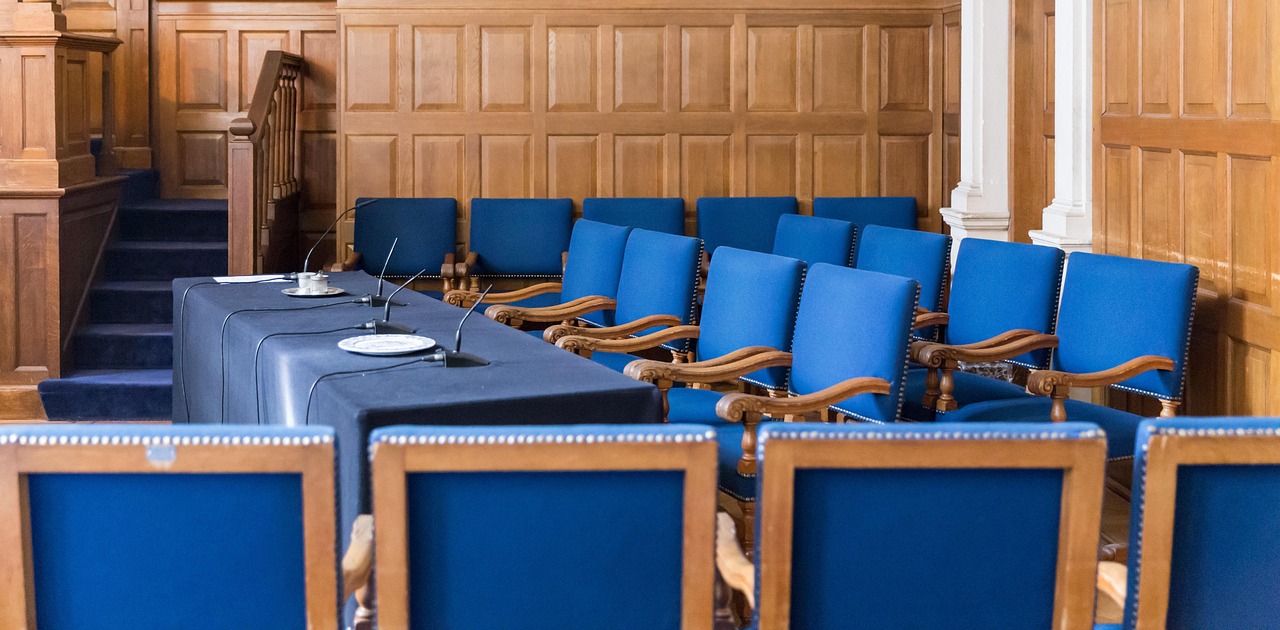How we were matched
Of all the parts of the adoption process, matching worried me the most. I couldn’t get my head round how our social worker would be able to pick a child that fitted our family. How could she? She’s wasn’t us. She’d spent a fair bit of time with us. But how did that mean she’d know a child would be a good match to us?
The way our agency did matching with our eldest meant we had no involvement at all. Our social worker looked at all the children waiting to be matched with our agency to see if she thought any were suitable. She regularly gave us snippets of information about children she felt weren’t suitable.
The only profile we read was our daughter’s. By that point we’d been waiting 10 very long months to be matched. I’d just about given up hope of it ever happening for us. It was very frustrating not being involved. Actually though, I’m not sure I’d have coped reading lots of profiles and deciding which one to proceed with.
In the end our social worker got it spot on. I wrote this blog a few years ago about our matching journey. Our daughter is our perfect match. It still blows my mind how it happened.
How it’s done now
Matching has changed a lot since we found out about our eldest in 2014. There are a lot more tools used by adoption agencies. Also, agencies tend to be bigger as local authorities have amalgamated to form regional agencies. When we were matched, our agency was small and covered the area we lived in. Regional agencies mean there’s a bigger pool of children.
Some agencies do matching how ours did. Your social worker or family finder look at the profiles of children. You only find out about them when it looks like it’s a good match. By the time we found out about our daughter, her social worker knew about us and agreed we were a good match. So all of those boxes had been ticked and it was down to us to say if we wanted to proceed. This definitely removed a lot of the stress from the process once we found out about our daughter.

Another way matching is done gives adopters a lot more control. You’re given several profiles to read and are encouraged to register with sites like Link Maker which has profiles of children waiting. You can express an interest and the child’s social worker will contact you if they think you may be a good match.
Some agencies have adoption activity days like the ones Coram hold. These are events where adopters can meet children waiting to be matched. They’re often used for children who’ve been waiting for a long time. It gives adopters the chance to see beyond the words in a report and actually get to know a child. It also gives the older children in particular, the chance to feel involved in the process.
Sometimes the family finder thinks there’s more than one adopter that’s a good match for the child. If that happens, they’ll visit everyone and see what they have to offer the child. They’ll then make a decision as to who is the best match and proceed with that adopter. This is called competitive matching. I’m not sure it’s something I would have coped with very well.
When does adoption matching start?
Matching usually starts properly once you’re approved. However, your social worker will probably start looking towards the end of Stage Two. If they become aware of a child (or children) that may be a good match, a link could be made before approval panel. If that is the case, it may be that both approval and matching Panel is done on the same day to avoid any delay for the child.
Once you, your social worker and the child’s social worker have agreed to proceed, meetings are arranged with the other people involved in the child’s care. That will be foster carer, medical adviser and any other medial professionals involved, and depending on age, school.
Depending on the age of the child, there may be a bump in meeting with the child. This may be somewhere like soft play or the park. It’s an informal meeting so you can see your child in the flesh.
Adoption matching Panel
A match needs to be approved by the child’s agency’s adoption Panel. If your match is out of your area, you may have some distance to travel for Panel (although this may now be done virtually) and then introductions. As with approval, a matching report is submitted ahead of the panel date so that the members will have read it before you go in.
Members will ask you questions like they did at approval Panel. They’ll want to know why you think the match is right for you. I think that’s quite a difficult questions to answer. We knew when we read our eldest’s report that she was our daughter. Our response to that questions was along those lines.

You’ll probably be asked other things like what preparations you’ve made, who’s going to take adoption leave and for how long and where you’ll go for support.
Things to take to Panel
It’s a good idea to create some kind of photo book of immediate family and your child’s new room. We also had A4 photos of us laminated so the foster carer could put them up around their home. We slept with a toy and snuggle blanket for a few days before panel so that they had our smell on them.
All of these things were taken to panel and given to our daughter’s social worker once the match was approved. She then took them to the foster carer who started to use them to prepare our daughter for meeting us. Knowing what we looked and smelled like definitely helped both children feel at ease with us.
The kinds of things you do will depend on the age of your child. Our daughters were only nine five months, so we made the photo books out of fabric so it was safe for her to play with on her own.
Introductions or transitions usually start a couple of weeks after Panel once the agency’s decision maker has approved the match.
If you’d like to read about adoption introductions, click here.



